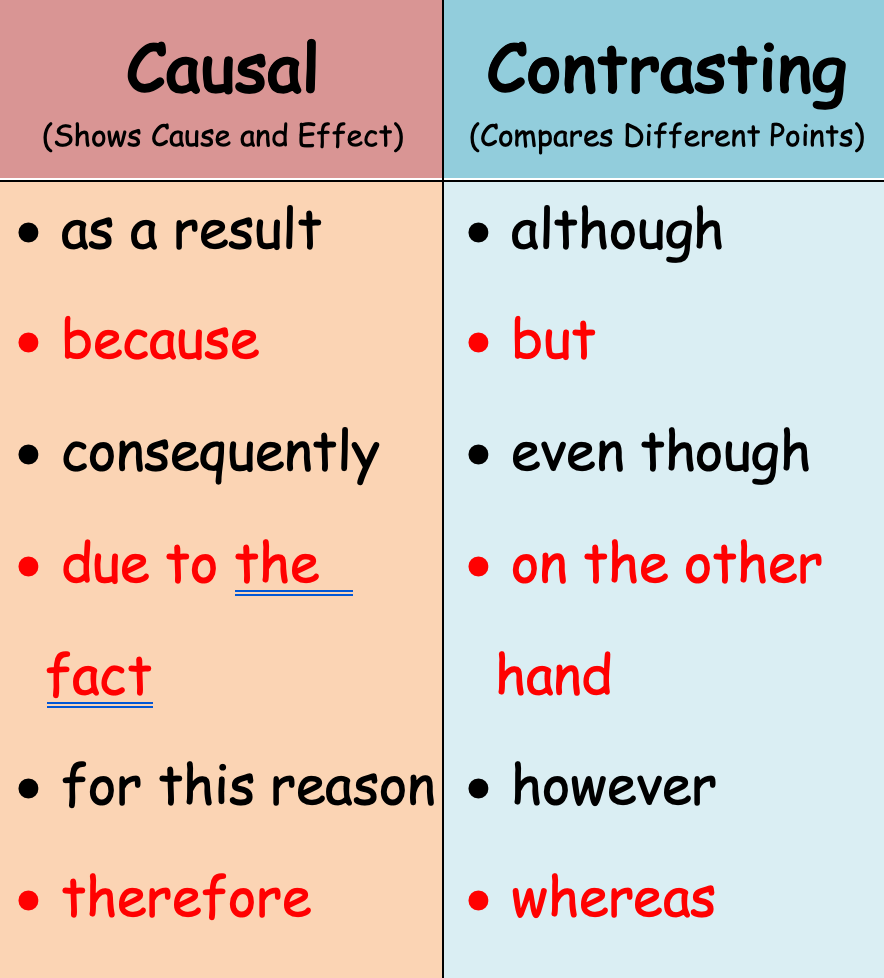Introduction
At the root of any stigma is ignorance. As such, information is often-times all that stands between the ways we actually treat others, and the ways we should treat others. Sometimes however, even more important than the information itself, is the ways we relay it. This is one of the many reasons why Breaking Taboo sets a priority of making our information accessible. The more people a message can reach, the more change we can effect!
In the cases of people with mental illnesses, ignorance often presents in the form of negative beliefs about what mental illnesses are, and how they affect people. Many of these types of beliefs could be called reductive. Not only are the contents of these beliefs inaccurate in that they fail to recognize the fluid and situationally-dependent presentations for a given mental illness, but they also cause real harm to people who suffer from them. In a previous article (Mental Illness: How we Feed the Stigma and How to Start it), this process was discussed at length, and the importance of advocacy for those suffering from mental illness emphasized. Advocacy for those living with mental illness is another crucial mission for Breaking Taboo. One benefit of advocacy and social support is that their messages help to change the ways in which marginalized groups are treated in society, regardless of how meaningfully persuaded that society is (Manago & Krendl 2022). In this article however, concerning mental illness education, the goal is to functionally convince others of the logic and evidence behind the advocacy, using a more central route to persuasion.

The Dilemma
Since discrimination against those suffering from a mental illness begins with misconception, intervention into false beliefs through education seems like an attractive way to enact change. However, there exists somewhat of an essential conflict between the genre of mental illness and accessibility of these educational sources. The first choice facing creators of this content is that of deciding for which audience they will write. Generally speaking, there are two options.
Educators can write towards smaller, more expert audiences. These pieces can take the form of published journals, research, review articles, etc. This content is pain-stakingly thorough and profoundly organized, but is also esoteric and largely inaccessible to a general audience. As it turns out, word-choice is often a key determinant in the ability of a lay audience to engage with the content in an educational manner. Much of the language in these pieces is very descriptive, and helpful for two authorities on the subject to exchange information in fewer words. In the case of people who have not been exposed to highly specific terms however, the word-choice and format can have negative impacts on their understanding. There are a variety of possibilities that could explain these findings: people may only be prone to accept a certain threshold amount of new terms before getting overwhelmed; words that appears exceedingly academic in nature may be daunting to an audience, even if they are able to understand the piece; the tone of the language may make a generalized audience feel ostracized.

Regardless of the reason, the conflict between the responsibilities of academic authors, their genre, and accessibility of the literature to a general audience makes these types of resources inaccessible to most people. Complex, esoteric language negatively impacts comprehension of the material for a general audience, regardless of the message (Ashkehave et. al. 2003) (Arya et.al. 2017). As such, the other option that emerges is for writers to intentionally gear their work towards a larger, generalized audience.
The benefit of this decision is that the works are very accessible. However, they often lack the sort of systematic and thorough approach used in academia, leaving critics to deem the messages as generic (Chinn et. al. 2017). In other words, the material is so vague that people have trouble relating to the message. These pieces accept a degree of ambiguity that leaves readers more confused than they were before reading. Two key aspects that are often missing from these pieces is the use of causal, and contrasting connectives. Simply put, audiences hoping to learn benefit from a strong sense of cause and effect. It is very useful to connect messages to common knowledge, as well as build upon established points. In plain language, readers benefit from authors taking the time to “connect the dots” between concepts. Furthermore, the use of counterexamples that help define and focus the content of new ideas is helpful in helping people understand a message. These devices are key for an audience to receive material such that they actually absorb it, and walk away convinced of a new idea (Kleijn et. al 2019).

The Solution
Since many academic sources are produced with little regard to accessibility, and many more accessible sources lack thorough explanation, people hoping to better understand the condition of a loved one or even themselves often do not find the pieces they need for a healthy understanding of mental illness within either type of content. There is however, a third option for mental health content creators and educators. That is, there is a way to create mental health content that is accessible to a large, generalizable audience that fosters holistic and beneficial conceptions of mental illness. By using words of low to moderate complexity, one can convey very complex ideas in a way that is accessible to general audiences. Furthermore, by creating a strong sense of cause and effect, and providing useful counterexamples within content, the message can not only be accessible, but can provide meaningful insight into what can admittedly be a difficult topic.
In light of the confusing times in which we find ourselves, it is more important than ever that creators of mental health content be intentional in attempts to reach those who seek information. The resources that people seek need to be sensitive and accessible, but also practical and useful. The goal of communicating complex truths about mental illness in a digestible format is challenging. Certainly, connecting specific concepts to more general ones can be time-consuming, however it may be necessary to decrease stigmatization of mental illness. While communicative barriers do exist, so too do methods of transcending those barriers. By remembering the devices that aid in understanding, and avoiding the use of devices that hinder it, one can lend insights to a large audience that has in many cases only been afforded to mental health experts, and people with personal experience. These are just a few of the many ways. Breaking Taboo strives to make messages accessible, as well as meaningful.
~ Gabe Sweezy

Gabe Sweezy is an undergraduate student of neuroscience and a premedical student at Saint Louis University. As a student of cognitive neuroscience with a passion for mental health, Gabe is particularly interested in the biological processes underlying mental illnesses.
This research article is supervised and sponsored by Faculty Sponsor, Dr. Brenda Kirchhoff Ph.D
Sources
Arya, D. J., Hiebert, E. H., & Pearson, P. D. (2017). The effects of syntactic and lexical
complexity on the comprehension of elementary science texts. International Electronic
Journal of Elementary Education, 4(1), 107–125. Retrieved from
https://www.iejee.com/index.php/IEJEE/article/view/216
Askehave, I., & Zethsen, K. K. (2003). Communication barriers in public discourse. In
Document Design (Vol. 4, Issue 1, pp. 22–41). John Benjamins Publishing Company.
https://doi.org/10.1075/dd.4.1.03ask
Chinn, D. & Homeyard, C. (2017), Easy read and accessible information for people with
intellectual disabilities: Is it worth it? A meta-narrative literature review. Health Expect,
20: 1189-1200.
https://doi.org/10.1111/hex.12520
Manago, B., & Krendl, A. C. (2022). Cultivating contact: How social norms can reduce mental
illness stigma in college populations. Stigma and Health. Advance online publication.
https://doi.org/10.1037/sah0000363
Kleijn, S., Henk, L.W. ,Pander, Maat & Ted J.M. Sanders (2019) Comprehension Effects of
Connectives Across Texts, Readers, and Coherence Relations, Discourse Processes,
56:5-6, 447-464.
https://doi-org/10.1080/0163853X.2019.1605257

